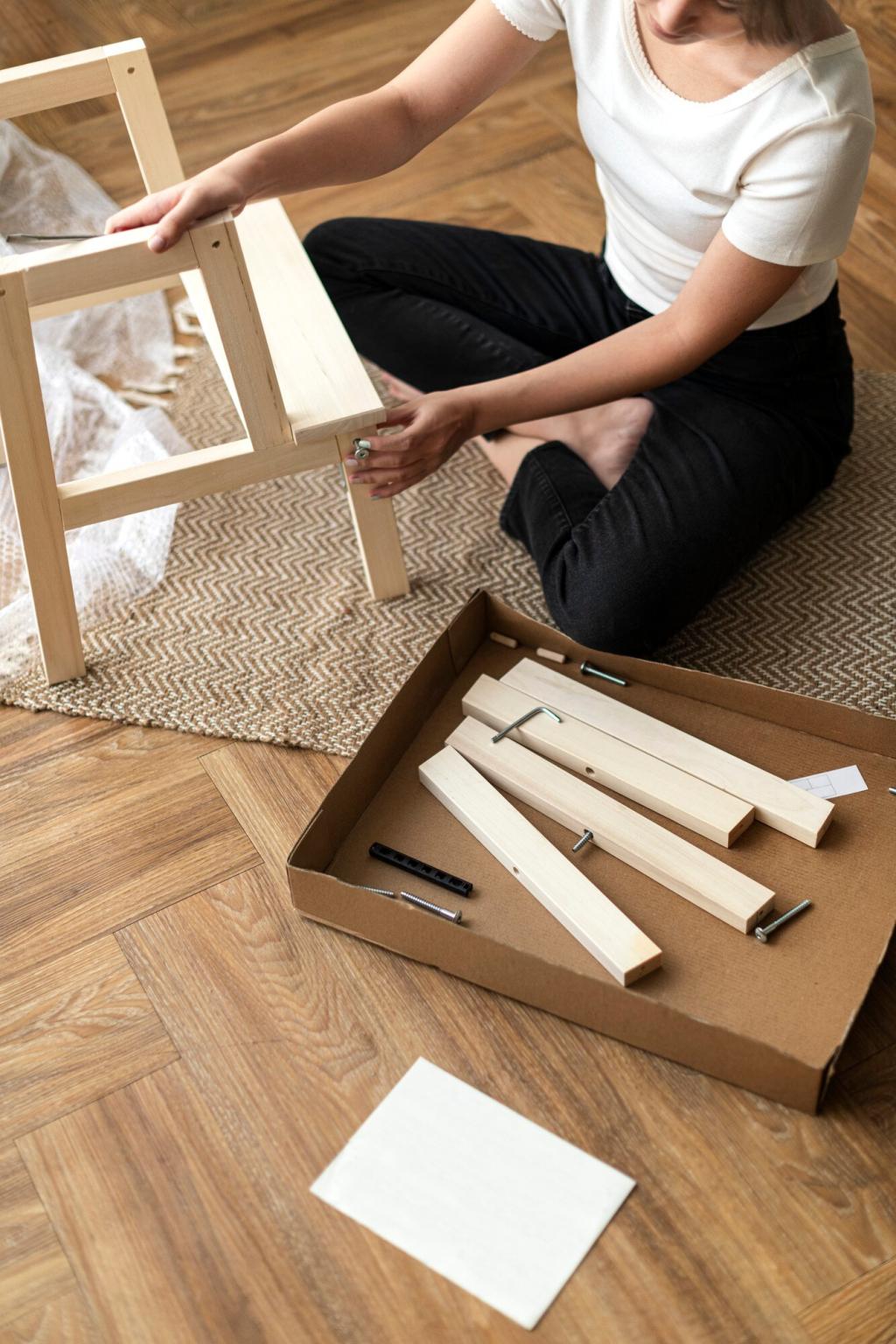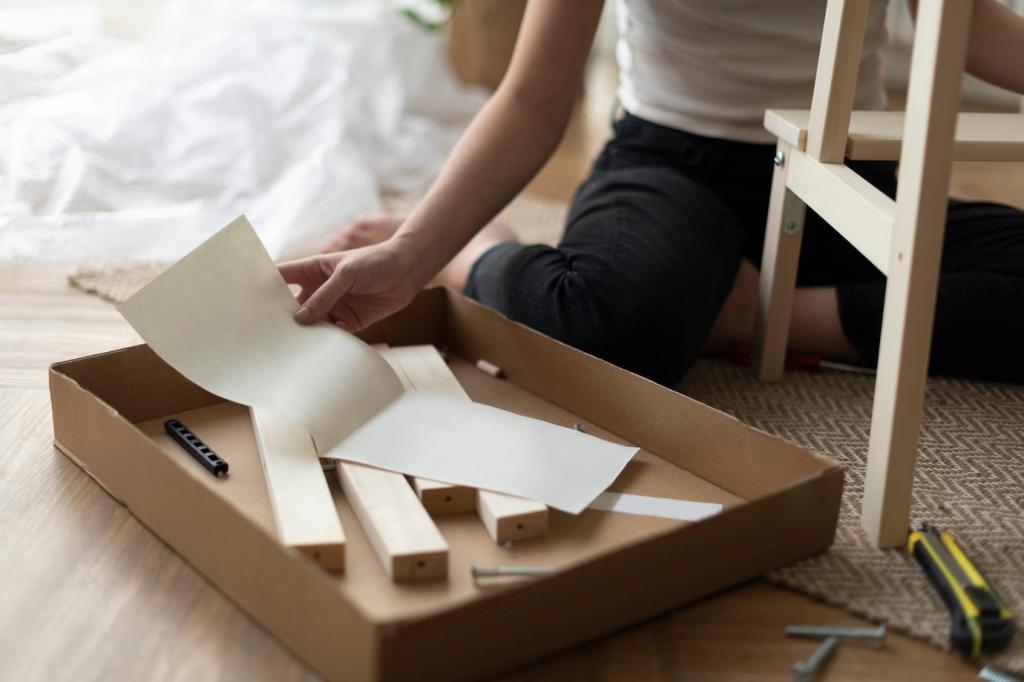The Benefits of Using Reclaimed Materials
Chosen theme: The Benefits of Using Reclaimed Materials. Welcome! Let’s explore how rescued wood, metal, brick, and glass can reduce waste, spark creativity, and add soul to your projects. Dive in, share your experiences, and subscribe for ongoing reclaimed inspiration.



Environmental Wins You Can Feel
Reusing materials avoids the emissions tied to mining, milling, and long-distance shipping. Every salvaged board or brick keeps embedded energy alive, turning yesterday’s resources into today’s low-carbon choices. Tell us: what reclaimed find helped you cut your footprint?
Environmental Wins You Can Feel
A salvaged door is more than waste avoided; it is a narrative saved. When a community café refits with reclaimed barn wood, those knots and nail holes preserve local history while shrinking the dumpster load. Share your favorite rescue story below.




Practical Performance Benefits
Old-growth timbers and well-seasoned boards can be denser and more stable, reducing warp and squeak. A furniture maker told us reclaimed joists cut cleaner and finished flatter. Have you milled reclaimed wood? Share your tips for avoiding hidden fasteners.
Practical Performance Benefits
Reclaimed brick and stone add comfortable thermal mass, smoothing temperature swings and quieting rooms. In one small home, a salvaged-brick wall softened street noise noticeably. Comment if you want our guide to pairing reclaimed masonry with insulation strategies.
Practical Performance Benefits
Knowing an item’s past use guides smarter repurposing: floor joists become sturdy benches; lab countertops become resilient kitchen islands. Ask the yard about source buildings and dates—then share your favorite provenance find with our community.
Sourcing Reclaimed Materials Responsibly
Check architectural salvage yards, deconstruction nonprofits, municipal reuse centers, online marketplaces, and contractor networks. Early outreach lands the best lots. Want a regional directory? Subscribe and tell us your city so we can build a tailored list.
Sourcing Reclaimed Materials Responsibly
Verify structural integrity, moisture content, pest issues, and hidden hardware. Bring a magnet, moisture meter, and eye protection. When in doubt, ask for photos of the original installation. Comment with your inspection checklist to help newcomers avoid pitfalls.


Safety, Codes, and Certifications
Navigating Codes with Confidence
Consult local building officials early, especially for structural members and electrical components. Provide species, dimensions, and condition notes. Many inspectors appreciate proactive documentation. What code questions do you face? Ask here for community-tested advice.
Paths to Verification
Request mill stamps, species identification, or third-party grading where needed. Certifications like FSC Recycled can support project sustainability goals. Interested in credits? Comment, and we’ll break down documentation for common green building frameworks.
Keeping a Paper Trail
Track bills of sale, source addresses, and photographs. Provenance files ease approvals and future maintenance. Create a simple folder per project and store digital backups. Want our template? Subscribe, and we’ll send a printable, inspector-friendly checklist.
Community, Habits, and Getting Started
Tell us your latest salvage score, your toughest challenge, or the tip you wish you knew sooner. Your insight might be the nudge someone needs to try reclaimed tomorrow. Add a comment and invite a friend who loves resourceful projects.

